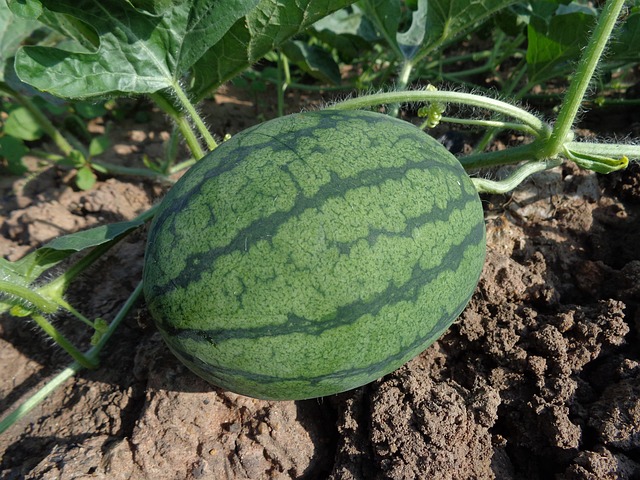Dried Delights: A Guide to Fruit Drying Techniques
In the world of fruit, there’s a special kind of magic that happens when you harness the power of fruit drying. It’s more than just a method to preserve fruit; it’s a way to capture the essence of summer sunshine or the crispness of autumn, allowing you to savor those moments all year round. Whether you’re an experienced kitchen alchemist or just starting to explore the wonders of dried fruit, understanding the art and science of fruit drying can transform your pantry—and your palate.
Why Fruit Drying Matters
Fruit drying is an ancient tradition, rooted in the simple desire to extend the shelf life of the harvest. When you dry fruit, you remove its moisture content, which inhibits the growth of mold and bacteria. This preservation technique concentrates the natural sugars, intensifying flavors and giving dried fruit its unique chewy texture. For many, dried fruit isn’t just food; it’s a flavorful journey back to nature’s bounty, a snack that brings wholesomeness and nostalgia together in every bite.
Choosing the Right Fruits
Almost any fruit can be dried, but some adapt better than others. Apples, apricots, cherries, grapes (raisins), mangoes, and berries are classic choices that respond beautifully to drying. When selecting fruit for drying, freshness is key. Opt for ripe, unblemished produce to achieve the best taste and texture in your dried goodies. The more vibrant the fruit at the start, the more vibrant the flavor at the end.
Fruit Drying Techniques
Sun Drying
There’s something charmingly rustic about sun drying fruit. It’s nature’s slow cooker, relying on the warmth and airflow of the sun to gradually remove moisture. Sun drying works best in hot, dry climates with plenty of sunlight and a breeze. To sun dry:
- Slice the fruit evenly to ensure consistent drying.
- Lay it out on clean racks or trays in a single layer.
- Cover with fine mesh or cheesecloth to protect from insects.
- Turn the fruit periodically to promote even drying.
Patience is required as this method could take several days, but the payoff is wonderfully sun-kissed fruit with a deep, chewy quality.
Oven Drying
If you don’t have perfect drying weather, your kitchen oven becomes your best friend. Oven drying gives you more control over the process:
- Preheat your oven to the lowest temperature, usually around 140-170°F (60-75°C).
- Arrange fruit on baking sheets lined with parchment paper, spaced apart.
- Leave the oven door slightly open to allow moisture to escape.
- Rotate trays and flip fruit periodically for even drying.
This method is faster than sun drying, typically taking 6-12 hours depending on the fruit, and ensures you can dry fruit any time of year.
Using a Dehydrator
For those who fall in love with fruit drying and want consistent results, an electric food dehydrator is a worthwhile investment. These devices offer:
- Temperature control tailored to different fruits.
- Efficient airflow that speeds up drying while preserving flavor.
- Even drying without the need for constant monitoring.
Dehydrators make it easy to batch dry large quantities of fruit, making them perfect for fruit enthusiasts eager to stock their pantry with dried delights.
Tips for Perfect Dried Fruit
- Uniform Slicing: Use a sharp knife or mandoline for consistent thickness; this ensures even drying and prevents some pieces from becoming brittle while others remain moist.
- Pre-Treatment: Soak fruit like apples or pears in lemon juice or ascorbic acid solutions to prevent browning and retain vibrant color.
- Storage: Store dried fruit in airtight containers away from direct light to maintain freshness and flavor. Vacuum-sealing extends shelf life significantly.
Bringing It All Together
Fruit drying is more than a practical task—it’s a sensory experience. The rich aromas that fill your kitchen as fruit transforms, the satisfaction of turning bright, fresh produce into tender, flavorful snacks, and the joy of knowing exactly what goes into your food—it all adds up to a heartwarming connection with nature’s gifts. The next time you find yourself dreaming of a snack that’s both sweet and wholesome, consider drying your own fruit and savor the delightful rewards of this timeless tradition.




